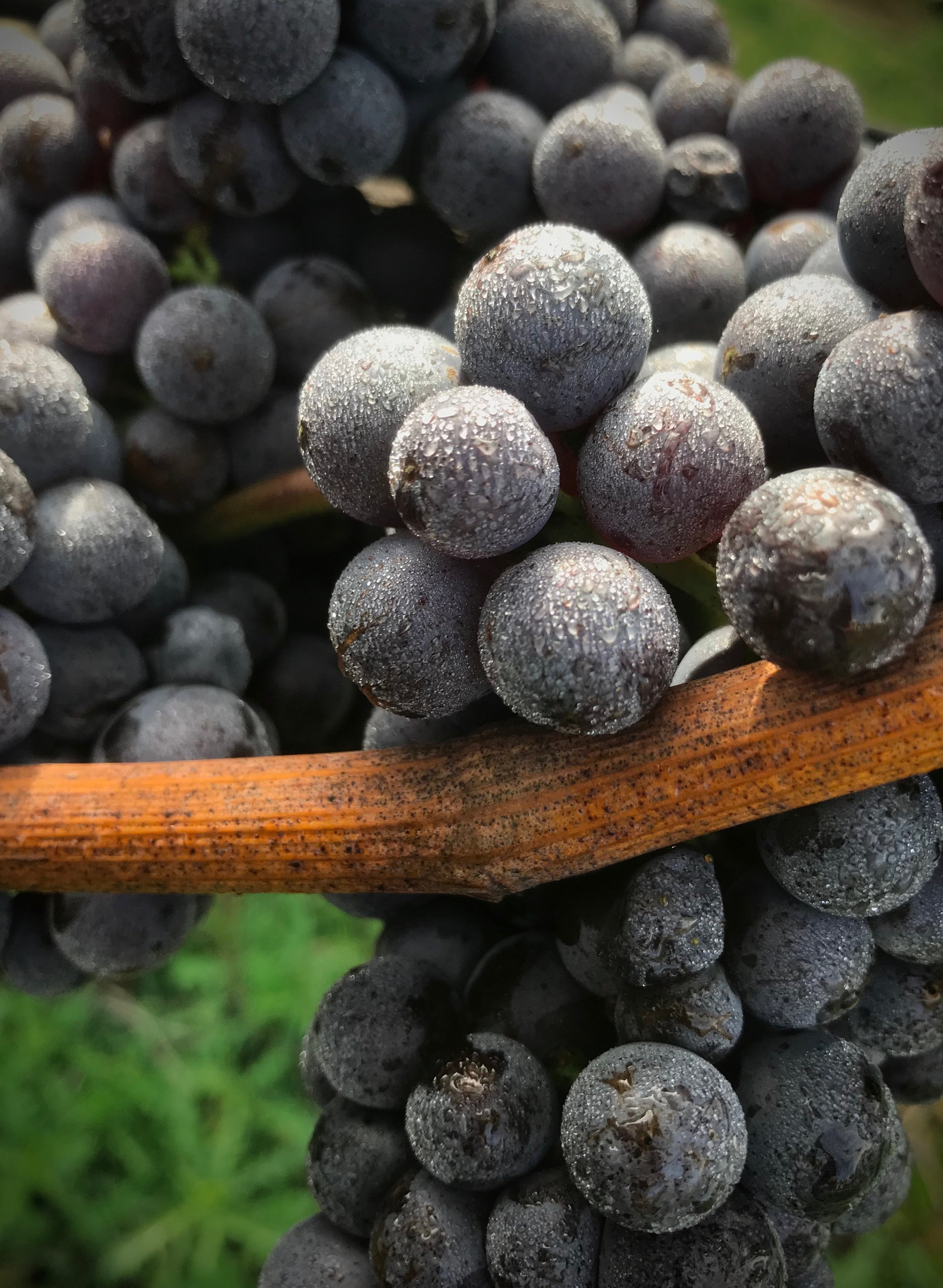Step back in Time
It must have been a mighty warm climate in Roman times. We know they introduced viticulture (grape-growing) and winemaking to Britain some 2,000 years ago when they planted vines as far north as Hadrian’s Wall. It is believed that the vine variety they planted was Bacchus. It is a little known fact that the English also produced fizz before the French! In 1662 the English scientist Christopher Merret deliberately added sugar to the bottle for the production of a second fermentation without fear of explosion — thanks to the advances in the strengthening of glass. Thus the first English sparkling wine was made.
WINE WIZARDS
Back in 2013 we were most fortunate to find the stellar wine makers, Emma Rice and Jacob Leadley at Hattingley Valley in Hampshire and to get their agreement to make our fizz. At that stage we had not planted a single vine! We love their style of wine. Their winery is state of the art and more akin to a large science laboratory. They are hard taskmasters, and rightly so, requiring that our grapes meet exacting standards of sugar and acidity levels before we can harvest.
Our Grapes
The two grape varieties we use are Chardonnay, and Pinot Noir. Each variety has its own personality. Chardonnay is elegant, fruity and fresh, whereas Pinot Noir brings body and structure. Classic sparkling can be made from either just one variety —for example the popular blanc de blancs is made from 100% Chardonnay— or from a blend. Winding Wood Classic Cuvée is a blend.
The Pressing
The grapes are pressed for us at Offbeat Winery within hours of being picked having been transported in crates in a flat bed trailer. Daniel Ham uses a 2 tonne Coquard basket press as his main press with various back-ups.
The Tanks
The juice is then fermented in used Burgundian oak barrels and left until the following year when it is bottled with more yeast and sugar and crown capped. Thus commences the second fermentation in the méthode traditionelle. This is how the bubbles happen.
Bottles lying on their lees
When the second fermentation is finished the bottle is placed on its side and the now dead yeast settles to the bottom of the bottle and starts to degrade. This process is called autolysis. During this stage the wine acquires some interesting flavours, for example, burnt toast, brioche, bruised apples etc.
Two Years Later...
After two years the bottles are placed in a riddling machine, which riddles all the dead yeast into the neck of the bottle. The photograph above shows the dosage production line. Historically in Champagne this process of riddling was done by hand. The neck is then treated with a coolant agent, which freezes the dead yeast and a small amount of wine in the neck. The frozen plug under the crown cap is then extracted and replaced by the liquor d’expedition/dosage.
Taste Test
This shows us in 2017 at Hattingley Valley ( who made our wine for 5 vintages) with Jacob Leadley undertaking dosage testing…
Fill your Cup
Once this process is complete the bottles need to sit and settle for 6 months. After which the labels are affixed and, hey presto, it’s ready to pop the cork.














